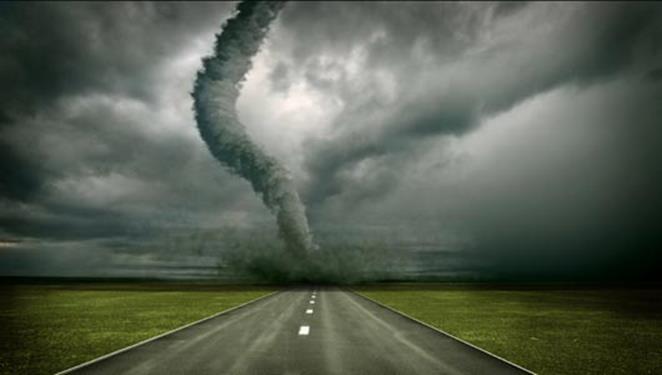Tornado False Alarms
July 5, 2012 in Daily Bulletin

Laura McLay took a look at the incentives behind tornado warning systems:
- Tornado warnings generally have a high false-alarm rate (warning of a potential tornado event that does not happen) so that there’s a low false negative rate (failing to warn of a potential tornado when there actually is one.)
- However there is a danger to having too many false alarms. Eventually people ignore them altogether.
- Research supports this conjecture. Tornadoes kill more people in areas where there are high rates of false alarms.
- In generals tornado warning systems fail to warn of an actual tornado 7% of the time.
- At the same time, they falsely warn of a tornado when there isn’t one 80-90% of the time.
- Perhaps instead of cutting down the false alarm rate governments should work on raising the tornado warning compliance rate.
- Public service announcements might not do it, but repeated airings of the movie Twister, just might.
To read more including how McLay’s compliance changed with time, the role of sirens, the importance of educating people about what to do when they hear a siren, the chance of dying in a tornado versus being shot in a mass shooting event on one college campus, how social networks can change things, and other interesting details about the issue, click here.
Source: Punk Rock Operations Research
Join the Discussion! (No Signup Required)